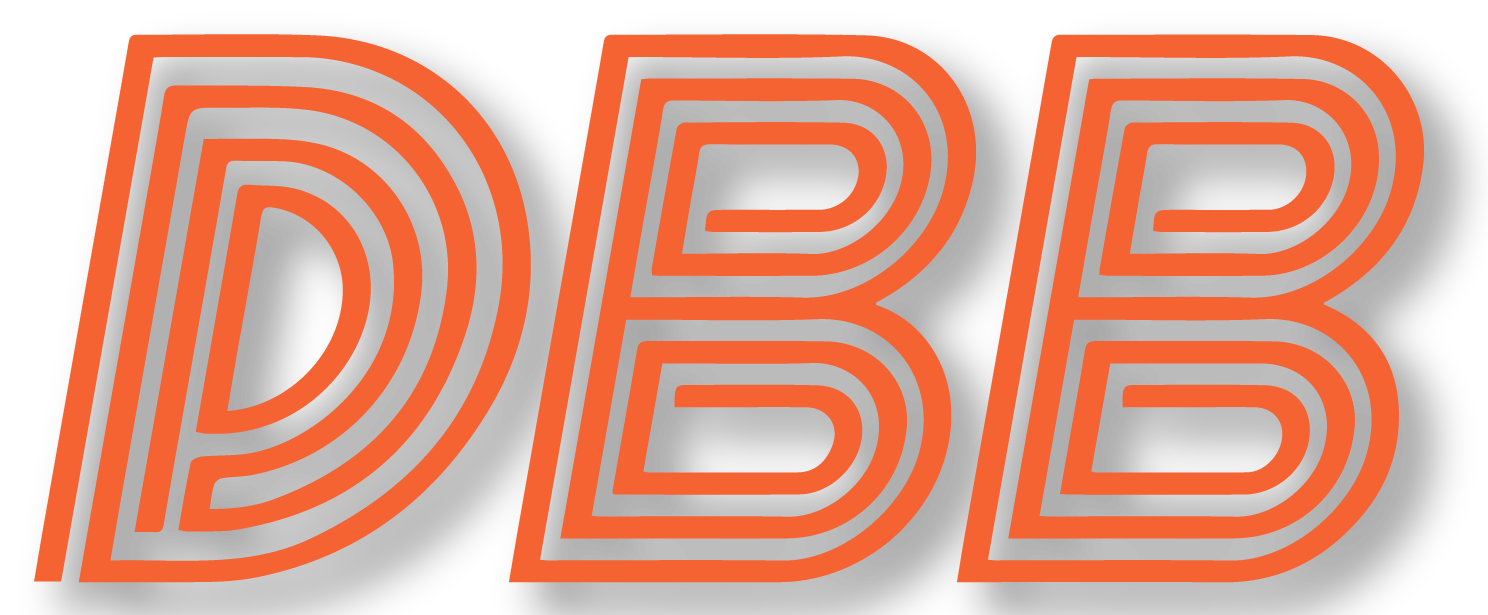I already looked at a variety of statistics for the offense, including QB performance, run game woes, and explosive plays, and explored how Chicago has deployed their skill position players. Today I want to look at advanced defensive statistics from Pro Football Reference and think about Chicago’s playoff odds.
Missed Tackles
I highlighted missed tackles as a concern in the secondary heading into the season. As a team, the Bears are actually doing quite well with missed tackles right now; they rank 7th in the NFL with 22 through 5 weeks. The table below shows missed tackle stats (from Pro Football Reference) for all players with at least 10 tackle attempts, as well as cumulative totals for each position group.
For context, here’s how the positional averages compare to NFL peers over the last 2 years:
- The median starting NFL DB misses right around 11% of their tackles, so Chicago’s secondary is about average here so far. That’s actually pretty good for them given the tackling concerns heading into the season with Kyle Fuller, Buster Skrine, and Eddie Jackson. Fuller in particular has struggled so far this year, but everybody else has been ok.











